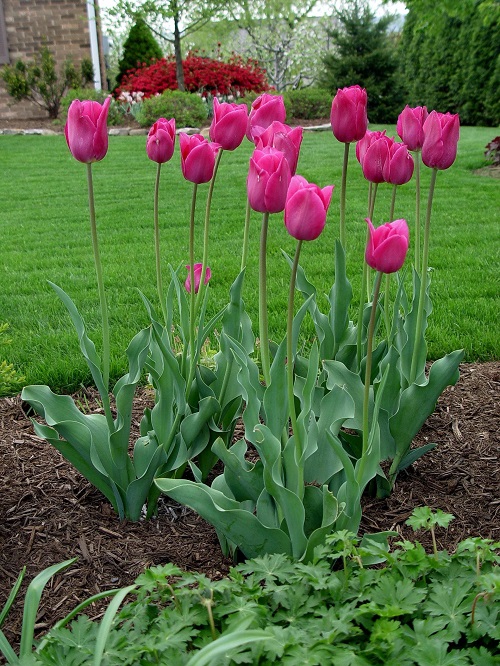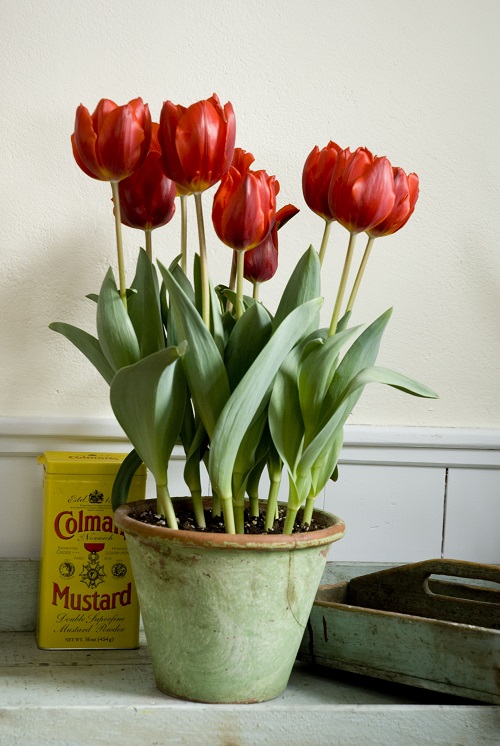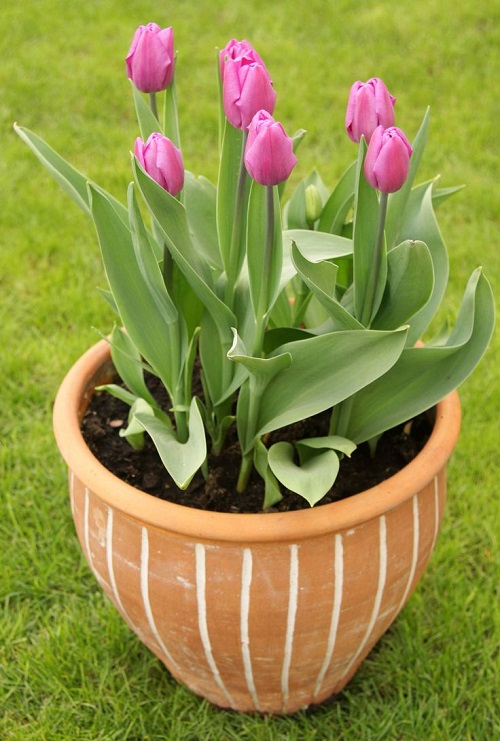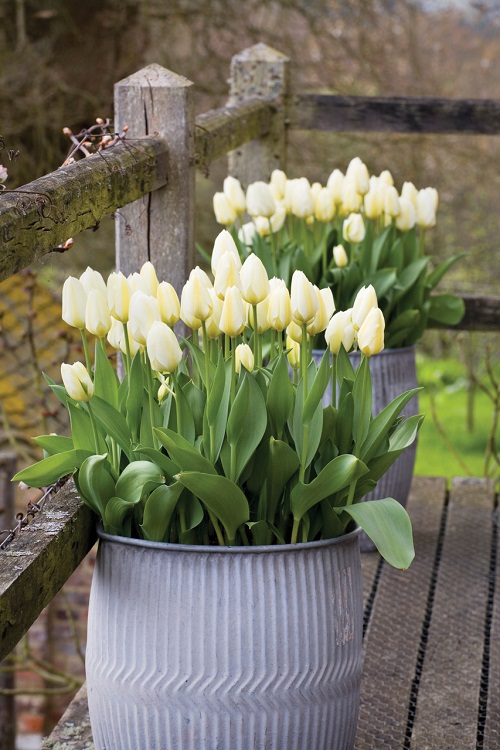Do you know about the National Flower of Turkey? Here’s everything about its significance, meaning, history, and more!
Ever wondered what the National Flower of Turkey is and why it holds such significance in the country’s culture and history? You’re about to embark on a fascinating journey that will reveal not only the identity of this captivating bloom but also its deep-rooted symbolism and influence in Turkish society.
What to Do with Tulips After They Bloom? Learn here
National Flower of Turkey
The national flower of Turkey is the Tulip. It has been an important symbol in Turkish culture for centuries and is deeply embedded in its history.
Ottoman Influence
The tulip was highly popular during the Ottoman Empire, especially during a period known as the “Tulip Era” (1718–1730), characterized by prosperity and a focus on art, literature, and gardening.
Cultural Symbolism
The tulip’s form is said to resemble the Arabic letters that spell “Allah,” and thus, the flower has spiritual significance in the Islamic culture prominent in Turkey.
Economic Importance
Tulips were one of the first global commodities and were traded extensively. Their economic impact was so strong that they even caused “Tulip Mania” in the Dutch Golden Age, a speculative bubble around tulip bulbs.
Check out the Best Types of Tulip Varieties here
Why Was It Made the National Flower?
- Cultural Relevance: The tulip has been a part of Turkish culture and history for centuries.
- Historical Significance: Its role during the Tulip Era cements its place in Turkish heritage.
- Symbolic Value: Its form holds spiritual significance, further ingraining it as a symbol of Turkish identity.
National Flower of Turkey – Quick Growing Tips
- Ideal Planting Time: Plant bulbs in the fall, well before the onset of the first frost, ensuring a vibrant spring bloom.
- Sunlight and Soil: Tulips thrive in full sunlight, with well-draining soil that prevents waterlogging.
- Watering: Adequate watering is essential—moderate and consistent moisture levels support healthy growth.
- Maintenance: Remove spent flowers promptly to divert energy towards bulb development, ensuring optimal growth.
National Flower of Turkey – Meaning Across Cultures
1. Turkish Culture
In Turkey, the tulip is the national flower, symbolizing abundance, prosperity, and renewal. It also represents cultural richness and artistic expression, reflecting the Ottoman Empire‘s embrace of this elegant blossom.
2. Persian Culture
In Persian literature and art, these flowers symbolize love, passion, and divine unity. People associate them with the spring season, and they’re also part of the annual festival of Nowruz, marking the Persian New Year.
3. Dutch Culture
The Netherlands is synonymous with tulips, thanks to its iconic tulip fields. Here, tulips symbolize both beauty and the fleeting nature of life. They also represent the Dutch Golden Age, where the tulip trade played a significant economic role.
Yellow Tulips Meaning and Symbolism
4. Korean Culture
In Korea, tulips symbolize fame and the desire for success. The flower’s vibrant colors and bold presence mirror the aspirations of achieving recognition and distinction.
5. Victorian Language of Flowers
During the Victorian era, flowers were popular to convey secret messages. Tulips held meanings like “perfect love” and “elegance,” making them popular in romantic gestures and bouquets.
6. Native American Culture
Among Native American tribes, tulips were popular for their spiritual significance and for people, were a connection to the divine. They were used in various rituals and ceremonies to invoke blessings.
7. Modern Global Culture
In contemporary culture, tulips represent various emotions, from love and passion to friendship and celebration. Their popularity in gardens and floral arrangements signifies their enduring appeal and widespread admiration.
National Flower of Turkey and its Meaning – FAQs
1. Why was the Tulip Chosen as Turkey’s National Flower?
The Tulip was chosen as Turkey’s national flower due to its deep-rooted symbolism and historical connection to its heritage. It reflects concepts of abundance, prosperity, and renewal, which resonate strongly with Turkish culture.
2. How Does the Tulip Reflect Ottoman Influence?
The Ottoman Empire embraced the Tulip, incorporating it into gardens, textiles, art, and literature. The flower’s presence showcased opulence and cultural refinement during that era.
3. How Can I Incorporate Tulips into My Garden?
Tulips are versatile and thrive in temperate climates. Plant tulip bulbs in the fall before the first frost for a spring bloom. Ensure well-draining soil, moderate watering, and proper sunlight exposure for healthy growth.
Blue Tulip Meaning | 4 Best Blue Tulips Varieties
4. Can I Give Tulips as Tokens of Affection?
Absolutely! Tulips are versatile gifts that convey various emotions. Red tulips symbolize deep love, yellow tulips spread joy, white tulips signify purity, and pink tulips express affection and care.
5. What Makes the Tulip a Symbol of Cultural Unity?
The tulip’s universal appeal and diverse meanings make it a symbol of cultural unity. It transcends borders and languages, connecting people through its beauty and the shared emotions it represents.





